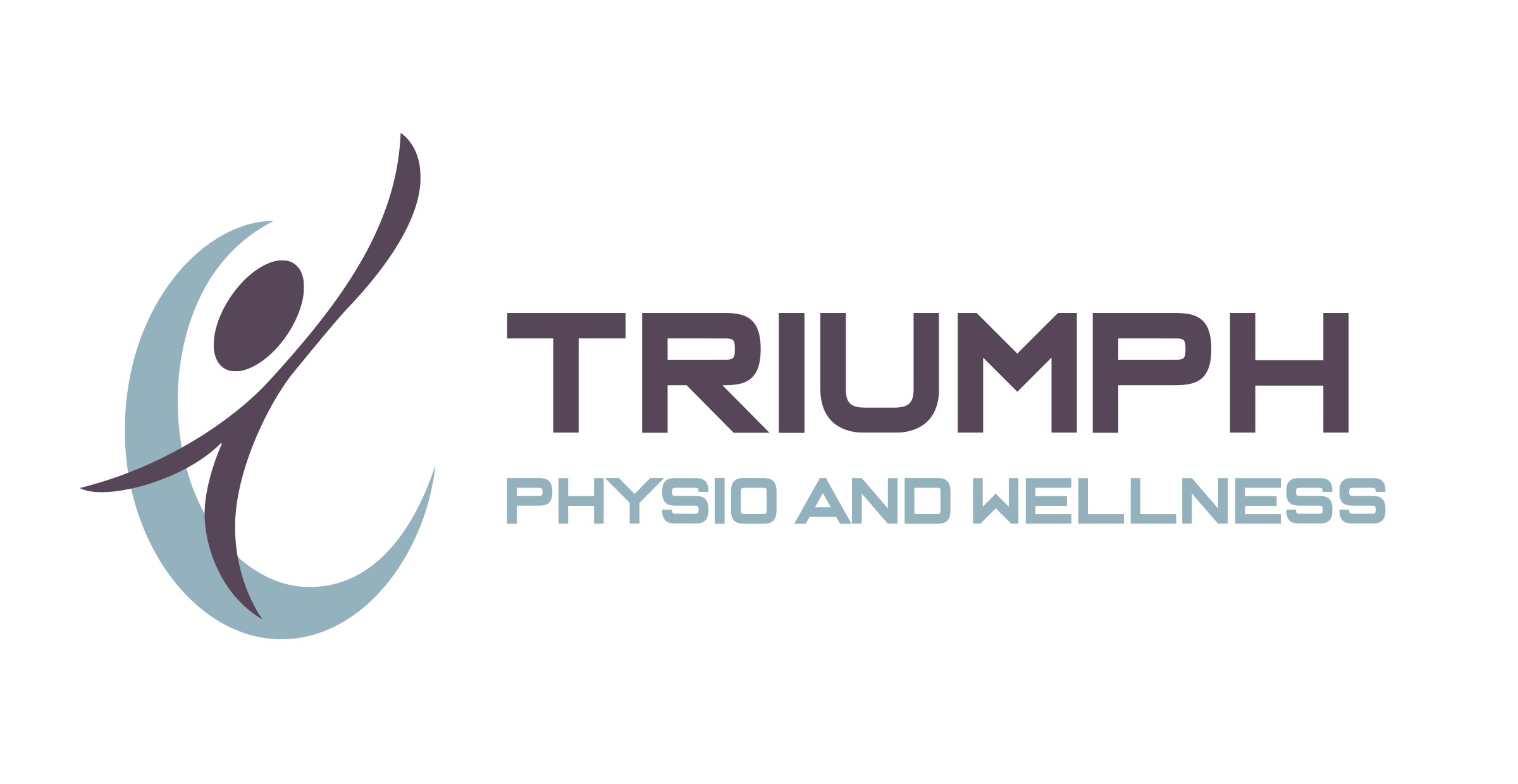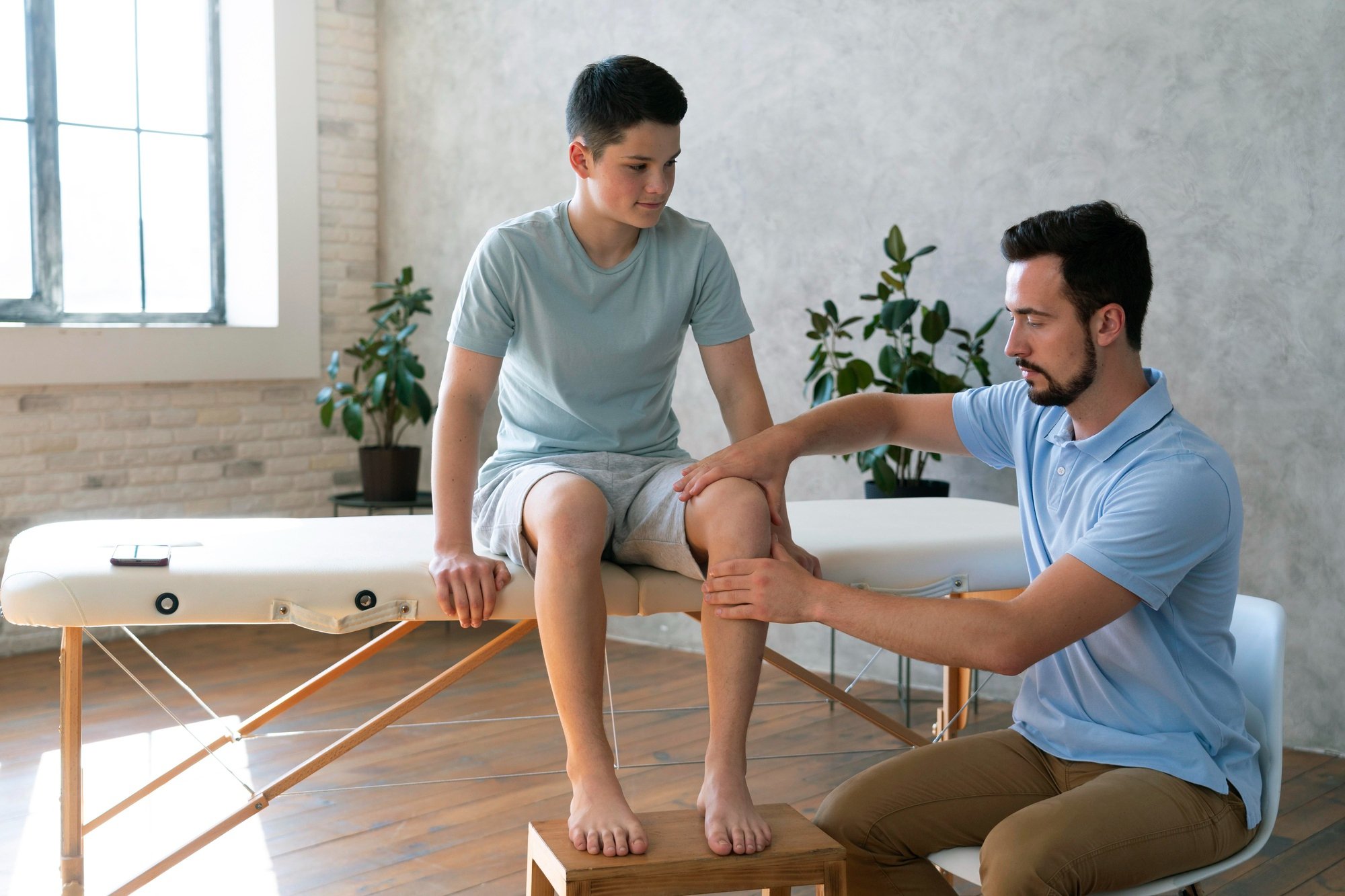What to Expect From A Physio Assessment
Whether it’s pain in your legs during your usual runs, whiplash in the neck, or simply back pain that’s developed on its own, there’s a good chance you’ll seek the services of a physiotherapist at some point. A physiotherapist can help you to manage your pain levels, rebuild strength throughout your body, restore mobility, and generally get you feeling good again. Before any of that can begin however, you’ll need to sit down for the all-important physio assessment.
In this guide, we’ll explain what to expect during your first physio assessment, using our process at Triumph Physio and Wellness as the foundation. This guide includes preparation steps on your part, the steps that go into a physical assessment, and how it all ties together to create your overall treatment plan.
Preparing for Your Physio Assessment
Thankfully, the preparation needed for a successful assessment is quite straightforward. Here are the main things to do to ensure your physiotherapist can begin supporting you:
Arrive a Little Early
It's best you arrive at your first physio appointment about 10-15 minutes early. This gives you time to fill out your intake form and ensure your appointment starts on time, helping the clinic run smoothly and ensuring you’re getting the most out of your assessment time.
Wear the Right Clothing
A good assessment depends on your physio being able to examine the part of your body that’s giving you trouble. For example, if you’re coming into physio to get treatment for an injured knee, it’s a good idea to wear shorts or leggings. You might also need to do some motions so your physio can check your movement ability, so make sure your clothes allow you to move freely and aren’t further limiting you.
Know Your Medical History
A big part of the assessment will involve questions about your medical history. Make sure that you know roughly when the injury started giving you problems. It’s also a good idea to think back to any previous injuries around that area, as these can affect your current condition. They’ll also ask about your general lifestyle, such as how much exercise you get. The more information you can provide here, the better your physio can help.
Prepare Questions
It’s a great idea to arrive at your assessment with some questions of your own. We recommend writing them down if necessary to ensure you get all the answers you need. Don’t be shy about asking questions about your diagnosis, prognosis, or how treatment will go—the assessment is all about you, after all.
What to Expect from the Assessment
Though no two clients are the same, we follow a regular routine in every assessment. This approach lets us get the most information about your physical issue possible, making for a more comprehensive and useful treatment plan as we move forward. Here are the main steps of an assessment:
Q&A
In order for your physio to help you, they need to ask lots of questions. This includes asking about the way the injury was caused (if you know), as well as determining what factors might have caused it, such as pre-existing weakness or a past injury that didn’t completely heal. They’ll go on to ask about the injury itself, including pain levels, changes to your range of motion, and any other ways that it’s affecting your life.
At Triumph Physio, we also take time to learn about your lifestyle, which allows us to create a list of goals and needs that will inform the way we proceed with treatment. Your answers to these questions also give us a reference point, allowing us to see how your treatment is progressing over time.
Physical Assessment
With the question and answers part done, it’s time to move on to the hands-on assessment. This is also known as an objective assessment since it lets us see firsthand how the issue is affecting your body. The exact steps of this part will vary depending on the problem that brings you to physio. If you’re dealing with back pain, for example, we might check the hips and pelvis as well to see the extent of the issue. We’ll also look for general things to note, such as your resting posture and usual range of motion.
Education
With the physical and verbal parts of the assessment done, it’s time to make our diagnosis and begin education. For treatment to work, we need to help you understand what’s going on in your body. This will help you understand why we’re choosing certain treatments, making it easier for you to keep pushing forward through recovery. We’ll explain what we’ve found, what we think the problem is, and what kinds of treatments we’ll be using to address the issue.
Treatment Plan
With the rest of the assessment complete, it’s time for us to create a treatment plan. Armed with the information we need about your pre-existing health, medical history, the circumstances of the injury, and how it’s affecting your life, we’ll create a customized recovery roadmap that will guide you toward your wellness goals. The treatment plan will explain what methods we’ll use to help, how long you can expect it to take, how often you’ll need to come in for physio treatment, and what you’ll need to do on your own time to support your recovery.
Getting Started with Physiotherapy
As you can see, the initial assessment is an absolutely vital step toward lasting recovery. By taking the time to understand you, your physical concerns, and your goals, we can move forward with a one-of-a-kind treatment plan that works for you.
Contact us today and book your physio assessment if you’re ready to embark on the journey to feeling your best again!
Creative Commons Attribution: Permission is granted to repost this article in its entirety with credit to Triumph Physio and Wellness and a clickable link back to this page.

